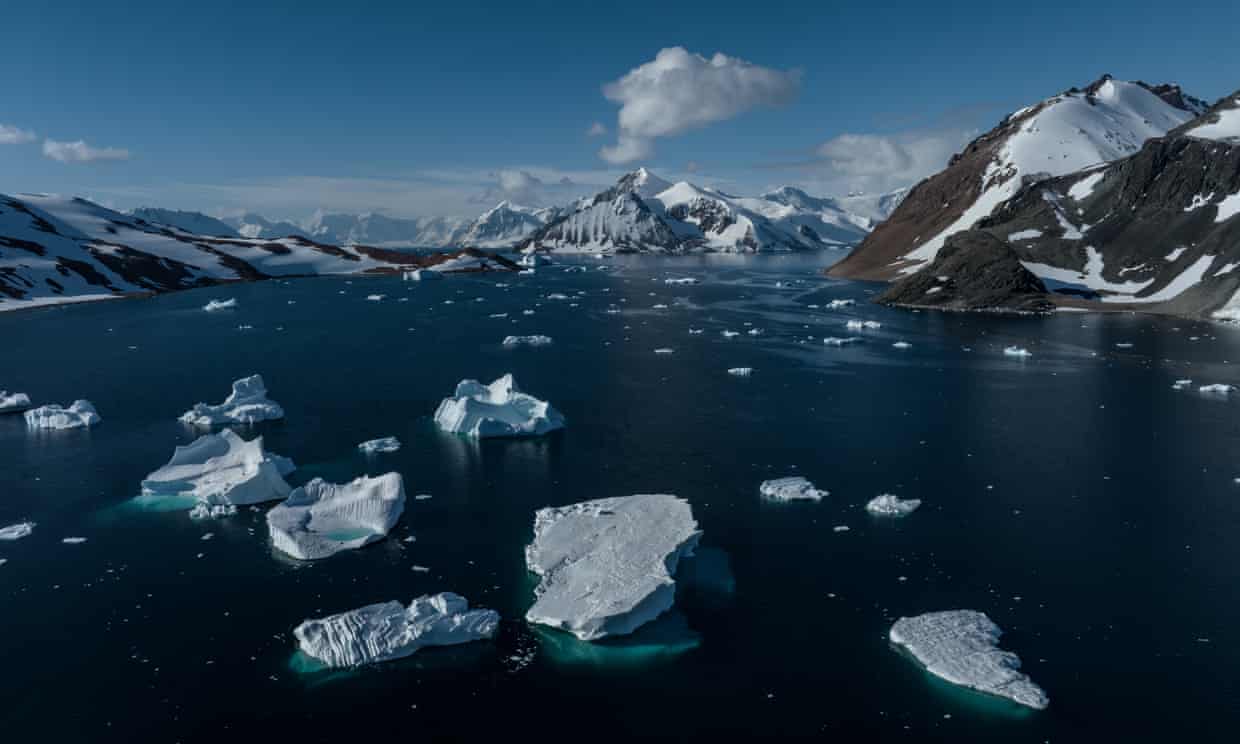
A new and worrying way that large ice sheets can melt has been characterized by scientists for the first time. The research focuses on how relatively warm seawater can lap at the underside of ground-based ice, which can accelerate the movement of the ice into the ocean.
This process is currently not included in models that predict sea level rise.
“We have identified the possibility of a new tipping-point in Antarctic ice sheet melting,” says Alex Bradley, an ice dynamics researcher at BAS and lead author of the new paper. “This means our projections of sea level rise might be significant underestimates.”
The new study models how seawater can seep between the land and the ice sheet that rests on it, and how this affects the localized melting of the ice, lubricating the bed and influencing the speed at which it could slide towards the sea. And it looks at how this process accelerates with warming water.
“Ice sheets are very sensitive to melting in their grounding zones. We find that grounding zone melting displays a ‘tipping point like’ behavior, where a very small change in ocean temperature can cause a very big increase in grounding zone melting, which would lead to a very big change in flow of the ice above it,” Bradley says.
This happens because warm water melting in the grounding zone of the ice sheet opens new cavities that allow further ingress of warm water, which causes more melting and bigger cavities, and so on.
Ice melt in this way, which is currently not accounted for in the models used by the Intergovernmental Panel on Climate Change (IPCC) and others, could explain why ice sheets in Antarctica and Greenland seem to be shrinking faster than expected, Bradley says.